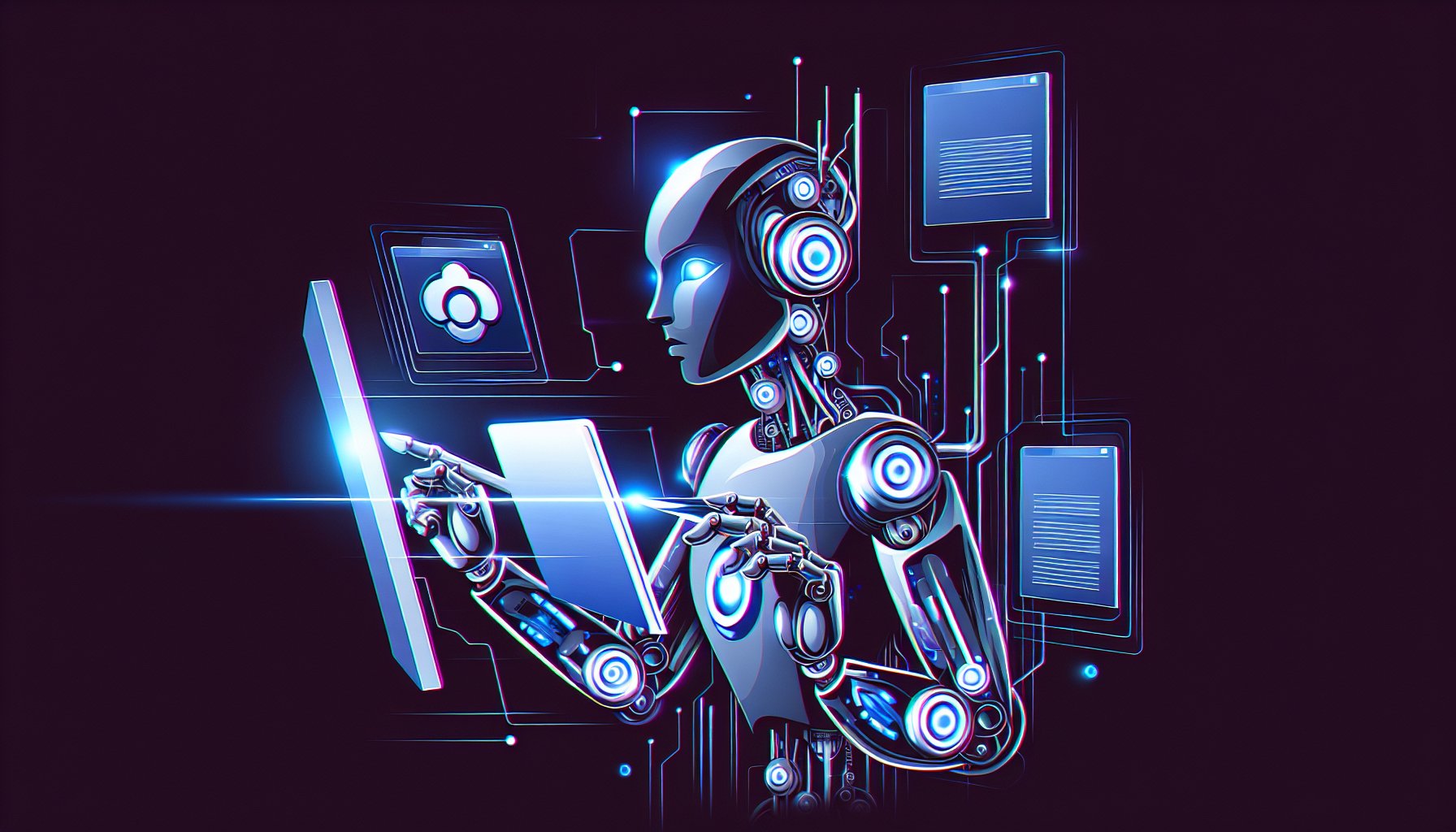Introduction
In an ever-evolving digital world, staying on top of current technologies is imperative. As a leading content management system, Drupal continues to evolve, offering developers innovative features and functionalities. This post will explore Drupal's best practices for 2025, focusing on the latest versions, emerging technologies, and innovative solutions that are shaping the future of web development.
Embracing Drupal 9
Building a website with Drupal 9 ensures you're utilizing the latest approach in Drupal development. It offers an extensive API for developers, allowing for a more streamlined user experience. Its compatibility with PHP 8 and Symfony 5 further enhances its capabilities, providing more robust security and improved performance.
Adopting a Decoupled Architecture
Decoupled Drupal is an innovative approach that separates the front-end and back-end development. This architecture allows developers to utilize modern front-end technologies such as React or Angular, enhancing user experience and interface. Additionally, it offers flexibility for future enhancements without major overhauls to the system.
Leveraging RESTful API
Drupal's RESTful API offers a powerful way to interact with Drupal entities. This allows for seamless integration with other systems and front-end technologies. Furthermore, the API-first approach ensures the scalability of applications, making it future-proof.
Incorporating Machine Learning
Machine Learning (ML) and Artificial Intelligence (AI) have become integral parts of web development. Drupal's flexible architecture allows for the integration of ML and AI to create personalized user experiences, predictive analysis, and smart content recommendations.
Adopting Continuous Integration (CI) and Continuous Deployment (CD)
CI/CD practices are pivotal in modern Drupal development. They help to streamline the development process, facilitate faster deployment, and reduce errors. Tools like Jenkins, Travis CI, and GitLab CI can help manage these practices effectively.
Conclusion
Drupal continues to evolve, offering new methods and tools to create efficient, robust, and user-centric web applications. By adopting Drupal 9, leveraging its RESTful API, embracing Decoupled Drupal architecture, and integrating machine learning, developers can stay ahead of the curve. To make the most of these practices, continuous integration and continuous deployment should be part of your development strategy. As we move forward, staying current with these practices and technologies will be crucial in harnessing the full potential of Drupal.
